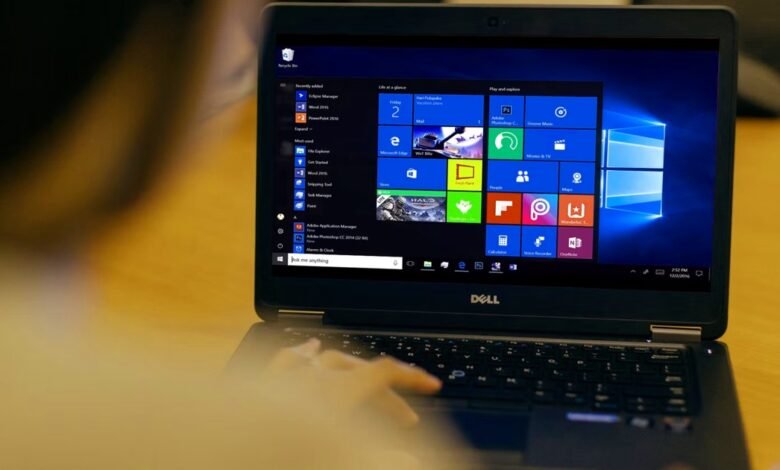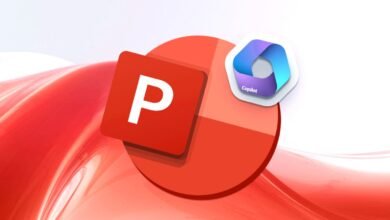12 Easy Ways to Boost your Windows

Are you tired of your Windows operating system running sluggishly? Is your computer’s performance holding you back from accomplishing tasks efficiently? If so, you’re in luck! In this article, we will explore 12 easy ways to boost your Windows system and optimize its performance. Whether you’re a tech-savvy individual or a beginner, these tips will help you improve your Windows experience and make your computer faster and more responsive. Let’s dive in!
Windows is a widely used operating system known for its versatility and functionality. However, over time, your system may accumulate unnecessary files, programs, and settings that can bog it down. By implementing the following tips, you can enhance your Windows performance and enjoy a smoother computing experience.
Read more: How to Improve Windows Boot Time
Clean Up Your Disk Space

One of the primary culprits behind a slow Windows system is insufficient disk space. By removing unnecessary files and programs, you can free up disk space and improve your computer’s speed. Use the built-in Disk Cleanup tool to identify and delete temporary files, system files, and other unnecessary data.
Disable Unnecessary Startup Programs
When you start your computer, certain programs may automatically launch, consuming valuable system resources. Disabling unnecessary startup programs can significantly improve your boot time and overall system performance. To manage startup programs, open the Task Manager, navigate to the “Startup” tab, and disable any programs that you don’t need to run at startup.
Update Windows and Drivers
Regularly updating your Windows operating system and device drivers is crucial for optimal performance and security. Windows updates often include bug fixes, performance enhancements, and new features. Similarly, updating your drivers ensures that your hardware functions smoothly with the latest software updates.
Optimize Power Settings
Windows offers power plans that control how your computer uses energy. By selecting the appropriate power plan, you can optimize your system’s performance based on your specific needs. For instance, the “High Performance” power plan provides maximum performance but may consume more energy, while the “Power Saver” plan conserves energy but may limit performance.
Remove Bloatware and Unwanted Programs
Many new computers come preloaded with unnecessary software, often referred to as bloatware. These programs consume system resources and can significantly impact your computer’s speed. Take the time to uninstall any programs you don’t use or need, freeing up valuable resources for tasks that matter to you.
Adjust Visual Effects
Windows offers various visual effects that enhance the user experience but can also strain system resources. By disabling or reducing these effects, you can allocate more resources to critical tasks. To adjust visual effects, right-click on “This PC” or “My Computer,” select “Properties,” click on “Advanced System Settings,” and choose “Settings” under the “Performance” section.
Upgrade Your Hardware
If your computer’s performance is consistently subpar despite optimization efforts, consider upgrading your hardware. Increasing your RAM, replacing your hard drive with a solid-state drive (SSD), or upgrading your processor can significantly boost your system’s speed and responsiveness.
Run Disk Cleanup and Defragmentation
Disk Cleanup and Defragmentation are two built-in Windows utilities that can improve your computer’s performance. Disk Cleanup removes unnecessary files, while Defragmentation reorganizes data on your hard drive, making it more efficient to access. Run these utilities periodically to maintain an optimized system.
Manage Background Processes
Background processes running in the system tray can consume system resources, slowing down your computer. Review the processes running in the background and disable any unnecessary ones. You can access the system tray by clicking on the small upward-facing arrow in the bottom-right corner of the taskbar.
Enable ReadyBoost
ReadyBoost is a feature in Windows that uses external storage devices like USB flash drives to boost system performance. By dedicating a portion of the external storage as additional RAM, ReadyBoost can improve your computer’s speed. To enable ReadyBoost, insert a compatible USB drive, right-click on it in File Explorer, select “Properties,” and choose the “ReadyBoost” tab.
Use an Antivirus Program

Malware and viruses can significantly impact your computer’s performance and compromise your data. Install a reliable antivirus program and perform regular scans to detect and remove any malicious software. Additionally, ensure that your antivirus program is always up to date to safeguard against the latest threats.
Read more: Top 15 Ways to Enhance Your Windows Experience in 2023
Conclusion
By implementing these 12 easy ways to boost your Windows system, you can enhance its performance and enjoy a smoother computing experience. Whether you’re freeing up disk space, disabling unnecessary startup programs, or optimizing power settings, each step contributes to a faster and more responsive system. Remember to regularly update your Windows operating system and drivers, remove unwanted programs, and consider hardware upgrades if necessary. With these optimizations in place, you’ll be able to maximize your productivity and make the most out of your Windows experience.
FAQs
How often should I run Disk Cleanup and Defragmentation?
It is recommended to run Disk Cleanup and Defragmentation at least once a month to maintain an optimized system.
Can I revert the changes made in the Visual Effects settings?
Yes, you can revert the changes by selecting the “Let Windows choose what’s best for my computer” option in the Visual Effects settings.
Is it necessary to upgrade my hardware to boost Windows performance?
Hardware upgrades are not always necessary. Try implementing the other tips mentioned in this article first, and if your performance issues persist, consider upgrading your hardware.
How much external storage should I allocate for ReadyBoost?
The general rule of thumb is to allocate 1-3 times the amount of RAM you have in your system for ReadyBoost. However, the performance impact may vary depending on your specific hardware configuration.
Can I use multiple antivirus programs on my computer?
It is not recommended to use multiple antivirus programs simultaneously as they can conflict with each other. Choose a reliable antivirus program and keep it up to date for optimal protection.











